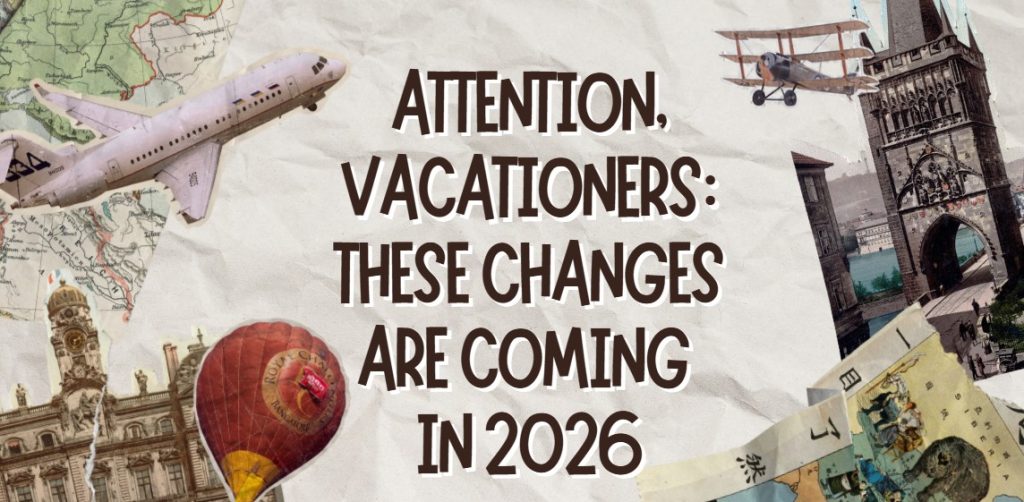On October 29, the clocks will change from daylight saving time to winter. In Europe, clocks will change from 3:00 to 2:00.
Shouldn’t the time change be abolished?
This is likely to start the discussions about the pros and cons of this measure again because an end to the time changeover at the EU level continues to be a long time coming.
Sunday will see the switch back to wintertime.
A corresponding Commission proposal from 2018 was already rubber-stamped by the EU Parliament in the spring of 2019. However, since then, the Council or the EU member states, who had not decided then, have been in charge. However, most member states would have to agree to the abolition. The current Spanish Council Presidency has no plans to do so, council circles told APA.
Discussion about uniform EU time
Whether the issue will be back on the table during the Belgian presidency in the first half of 2024 should be determined in the coming months when the Belgians present their work program. The last time a Council of Ministers dealt with the issue was in December 2019, still under the Finnish presidency.
EU Commission wanted no more time changeover
The EU Commission proposes that there should be no more time changes. However, it was left up to each member state of the Union to decide whether to switch to summer or winter time throughout the year. However, objections to this plan came from many countries since, among other things, a uniform time zone seems desirable for the economy, at least in Central Europe. Otherwise, interstate time differences would affect trade even more. Incidentally, official Austria prefers permanent daylight saving time as standard time.
EU-wide online survey
An EU-wide online survey kicked off the process of abolition. In this case, 84 percent of the participants had spoken out to end the time changeover. Most voted in favor of permanent daylight saving time in 2018. 4.6 million responses were received, including three million from Germany alone—a record, but still less than one percent of EU citizens.
Daylight saving time was introduced in Europe in 1973
In the entire EU, the clock was previously turned on the last Sunday in March and back again on the last Sunday in October. Daylight saving time was introduced in Europe in 1973 in response to the oil crisis and to save energy. The time shift was intended to gain an hour of daylight for businesses and households. France was the first to do so.
The introduction of daylight saving time in Austria in 1979
Austria introduced it only in 1979 because of administrative problems and because they wanted harmonization with Switzerland and Germany regarding traffic. These two countries did not introduce daylight saving time until 1980. However, summertime already existed in Austria during the First World War. In 1916, it was in effect for the monarchy from May 1 to September 30 but was then discontinued. Between 1940 and 1948, a second attempt was ultimately unsuccessful.
This post has already been read 3181 times!



